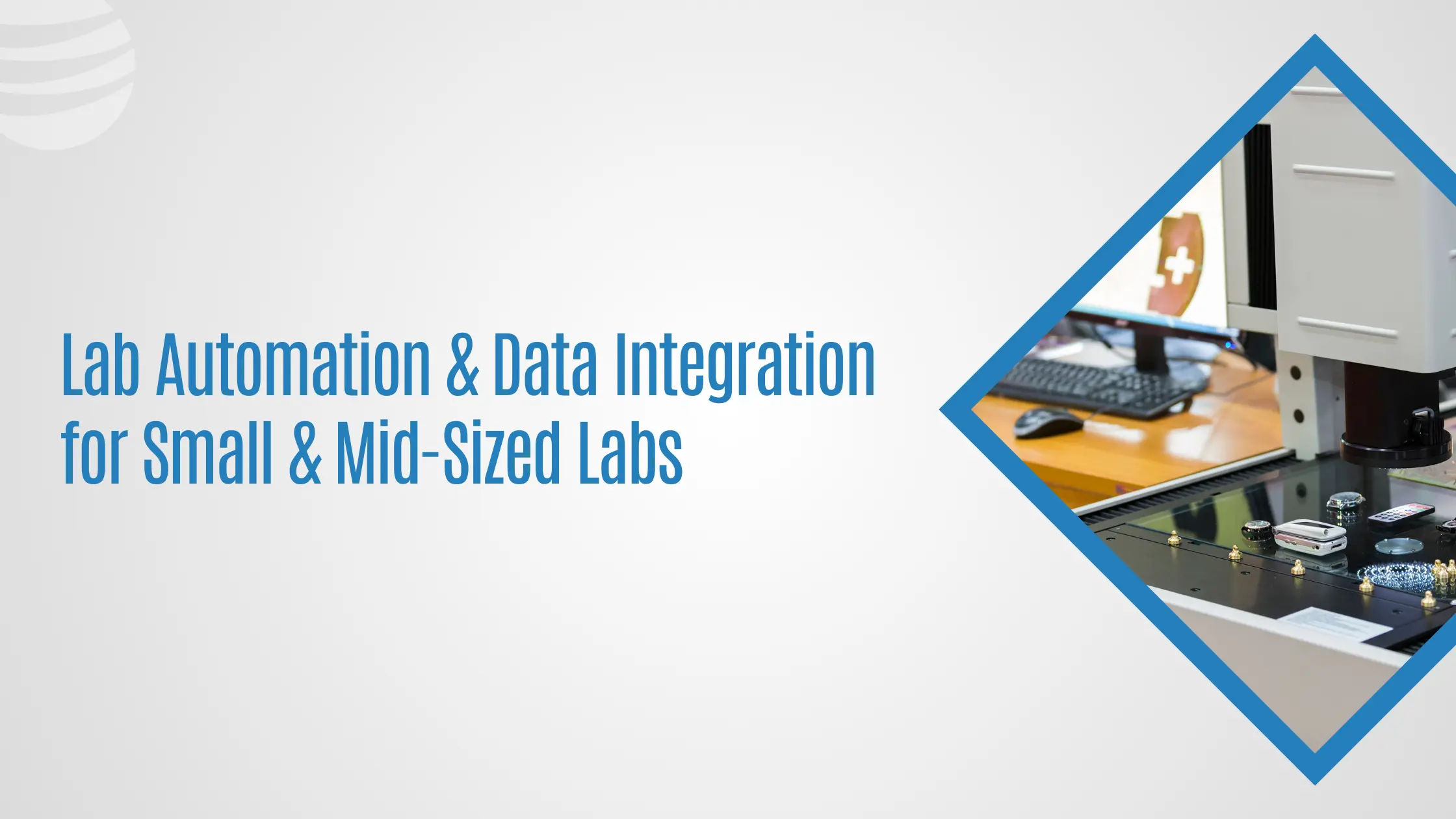
What is Plate Mapping and How It is performed in Molecular Lab Testing
Plate Mapping: A Crucial Process for Molecular Lab Testing
Plate mapping is an essential technique in molecular lab testing that involves the systematic assignment of samples, controls, and reagents to specific wells on a microplate. This process ensures accuracy, efficiency, and reproducibility in molecular tests such as PCR, ELISA, and high-throughput screening. In this article, we explore the details of plate mapping, the steps involved, and its significance in molecular testing.
What is Plate Mapping?
Plate mapping is the process of organizing and assigning different components—such as samples, reagents, and controls—into specific wells of a microplate. Microplates are available in various formats, including 96-well, 384-well, and 1536-well plates, which are ideal for high-throughput assays and diagnostic testing.
The accuracy of plate mapping is crucial because it ensures that each sample is placed correctly, minimizes cross-contamination, and maintains data integrity. Proper plate mapping often involves utilizing specialized software, which offers visual interfaces allowing technicians to assign and validate assay placements efficiently.
Plate Mapping Process
1. Plate Selection
The first step in plate mapping is selecting the appropriate microplate format based on the assay requirements:
- 96-Well Plate: Commonly used for ELISA, PCR, and cell culture assays.
- 384-Well Plate: Suitable for high-throughput screening with minimal reagent volumes.
- 1536-Well Plate: Used in pharmaceutical research and drug discovery for ultra-high-throughput screening.
Labs choose plate formats based on factors like sample volume, throughput needs, and the nature of the assay. Automated liquid handling systems further enhance efficiency and precision.
2. Assay Setup and Application
In this step, labs assign specific assays to individual wells using drag-and-drop software interfaces. Technicians can visually organize and confirm setups, with each well being color-coded or labeled based on the type of assay (e.g., control wells, sample wells, and blank wells).
Properly applying assays ensures that controls are placed in designated locations, such as:
- Positive Controls: Confirm that the assay conditions are functioning correctly.
- Negative Controls: Check for contamination or false-positive results.
By organizing assays visually and using digital confirmation tools, labs reduce the chances of human error.
3. Controls and Blanks
A critical part of plate mapping is designating specific wells for controls:
- Positive Controls: Validate the experiment’s success and the functionality of reagents.
- Negative Controls: Rule out contamination and ensure that observed effects are due to the assay.
- Blanks: Used to measure background noise, providing a baseline for accurate data interpretation.
These controls are visually distinguished in the software interface, reducing the risk of misassignment.
4. Error Prevention and Validation
To maintain accuracy, plate mapping software includes validation steps that:
- Check for duplicate assay assignments.
- Verify the presence and placement of control wells.
Potential issues are flagged with visual warnings (e.g., red borders or icons) before the test proceeds, ensuring correct assay setups and minimizing data inaccuracies.
Importance of Plate Mapping in Molecular Testing
Plate mapping plays a pivotal role in several types of molecular testing, ensuring that experiments are accurate and reproducible.
Examples of Molecular Testing
- PCR and qPCR: Accurate plate mapping is essential for distributing DNA or RNA samples, primers, and reagents into specific wells. This precision enables reliable amplification and quantification of genetic material.
- ELISA (Enzyme-Linked Immunosorbent Assay): ELISA requires precise mapping of antibodies and antigens to detect and quantify substances such as proteins, hormones, and antibodies.
- Drug Discovery and High-Throughput Screening (HTS): Pharmaceutical labs use plate mapping to organize and test thousands of compounds efficiently, identifying potential drug candidates rapidly.
Lab Instruments Used in Plate Mapping
Multi-mode plate readers are the primary instruments used alongside plate mapping. These devices can measure absorbance, fluorescence, luminescence, and other detection methods. Examples include:
- BioTek Synergy Series
- Thermo Fisher Varioskan LUX
These multi-mode readers work with automated systems, providing real-time data analysis and integrating with laboratory information systems (LIS) for streamlined data management.
Data Retrieval and Reporting in the Lab
Lab Information Systems (LIS) Integration
After assays are completed, plate readers transfer data to the LIS. The LIS software validates the data against the initial plate map to ensure consistency. If discrepancies—such as incorrect control placement or missing data—are detected, the system flags them for review.
Report Generation
Once validated, the results are compiled into detailed reports, which include:
- Assay data and analysis
- Control validation and verification
- Export options like CSV, Excel, or PDF for further review or compliance purposes
These reports ensure accurate documentation of the experiment, enabling result validation and adherence to regulatory standards.
Conclusion
Plate mapping is a critical process in molecular labs that supports the accuracy and reliability of testing procedures. By systematically assigning assays to microplate wells, laboratories can streamline workflows, reduce errors, and ensure data integrity. Automated systems, such as multi-mode readers and LIS integration, further enhance the efficiency and reproducibility of molecular tests, supporting both research and clinical diagnostics.








